As Indians across the nation celebrate the 73rd Republic Day, here are 5 super places of historical interest to explore that have shaped and reflect the country’s journey.
According to Agoda, the digital travel platform, in it’s recent ‘India-genous Travel’ survey, art and culture is the second biggest motivation to travel for Indians, with 37% most motivated to travel for their love of history.
India has so much diversity, and an abundance of places of interest including the more popular, world-renowned monuments like the Taj Mahal, Red Fort, India Gate, Jhansi Fort, Jallianwala Bagh, etc.
However, India is also a country ripe with locations of patriotic relevance.
With many influences across the country from centuries past, there are numerous locations that have played a part in creating the India we know today.
Check out just some historical hot spots:
· Aga Khan Palace, Pune
Built by Sultan Muhammed Shah Aga Khan III in the city of Pune in 1892, Aga Khan Palace, was designed to support the famine stricken local community, before evolving to hold considerable relevance to the Indian freedom movement in the years to come.
Covering a sprawling expanse of 19 acres on the Pune-Ahmedabad Road is the palatial Aga Khan Palace.
Known for its beautiful, serene gardens and Italian arches, it once served as a jail for ‘Bapu’, Mahatma Gandhi, his wife Kasturba Gandhi, his secretary, and others during the Quit India movement.
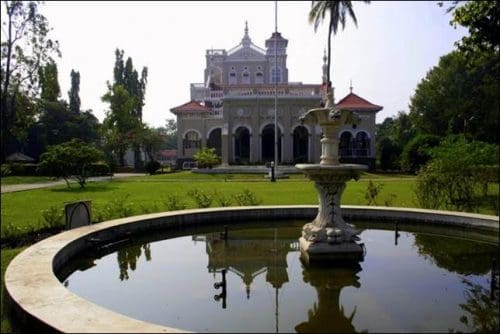
Aga Khan Palace Pune
In 1969, the Palace was donated to the people of India by Aga Khan IV to commemorate Bapu and his philosophy.
This majestic building was declared as a monument of national importance by the Archaeological Survey of India (ASI) in 2003 and now functions as the headquarters of the Gandhi National Memorial Society.
· The Great Stupa of Sanchi, Bhopal
While widely recognize because it is the monument depicted on the reverse side of India’s ₹200 note, many don’t know the history of the Great Stupa of Sanchi.
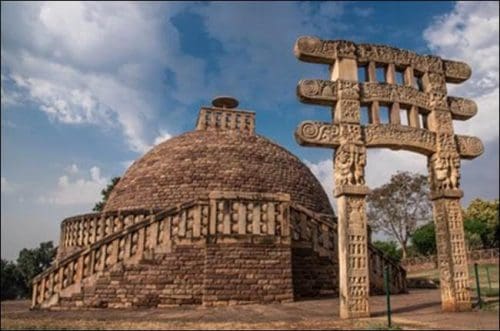
The Great Stupa of Sanchi, Bhopal
Considered the oldest stone structure in India, the Sanchi Stupa in Madhya Pradesh is one of the most prominent monuments of Indian architecture.
It is a Buddhist complex built on a hilltop in Sanchi Town in the state of Madhya Pradesh and was commissioned by the Mauryan emperor Ashoka the Great in the 3rd century BCE.
The Great Stupa and Sanchi’s other Buddhist monuments were collectively designated a UNESCO World Heritage site in 1989.
· Netaji Bhavan, Kolkata
It is no secret, the struggle endured by freedom fighters to make India what it is today.
The Netaji Bhavan in Kolkata was Netaji Shubhash Chandra Bose’s residence and is maintained as a memorial and research centre to the life of the Indian nationalist.
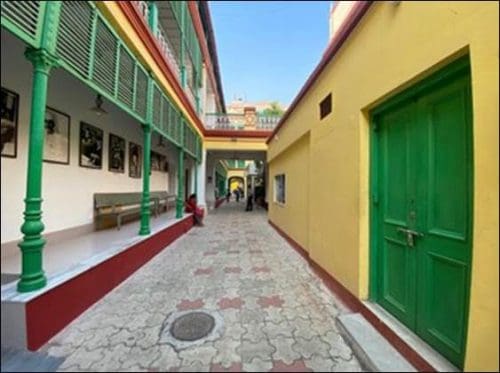
Netaji Bhavan, Kolkata
Built by Bose’s father in 1909 on Lala Lajpat Rai Sarani in Kolkata, West Bengal, the house currently includes a museum, library, and archives of Netaji’s items, photos, and other memorabilia.
It was from here that Bose escaped from house arrest in 1941 and fled to Berlin.
· Kakori, Uttar Pradesh
Situated only 15 kilometres to the North of Lucknow, Kakori, came to global relevance after the 9th of August 1925 when Indian revolutionaries took the Government’s treasury from a train.
This incident was hailed as the Kakori train robbery as a sign of rebellion.
Known for having brought to the forefront hundreds of Government officers in British India, who served the country, this town today is known for its rich Oudhi architecture and unique cuisine.
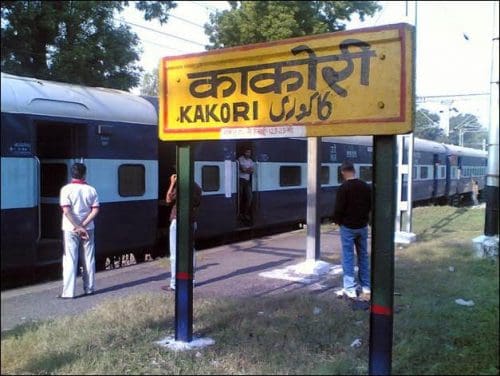
Kakori, Uttar Pradesh
· Viceregal Lodge, Shimla
Also known as Rashtrapati Niwas, the monument in Shimla was formerly the residence of the British Viceroy of India and hosted the iconic Wavell Plan in 1945, which proposed the complete Indianisation of the Executive Council.
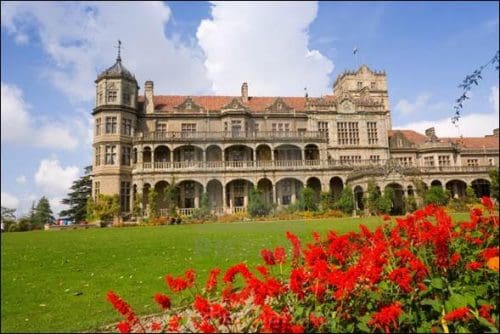
Viceregal Lodge Shimla
An English Renaissance architecture of colonial times in India, the structure reflects elements of the castles of the Scottish Highlands and is located on the Observatory hills, the second highest point in Shimla.
Discussions on the India-Pakistan partition were held in this very building.
Read More: Latest



